Incorporating energy-efficient features into a modern building will help reduce your building’s environmental impact, as well as lower your utility bills. But where do you start and what are the key features of an energy-efficient building?
In this article, I’ll be discussing 10 critical features that will help make any building more energy-efficient.
Another major benefit of an energy-efficient building is improved health and comfort levels. That’s why buildings that have implemented energy-efficient measures, find it easier to procure renters, are sold for higher prices, and so on.
But apart from the obvious reasons, why is an energy-efficient building so important?
Commercial buildings include but are not limited to, stores, offices, schools, places of worship, gymnasiums, libraries, museums, hospitals, clinics, warehouses, and jails. The design, construction, operation, and demolition of commercial buildings impact natural resources, environmental quality, worker productivity, and community well-being. Commercial buildings consume 18% of all energy in the U.S.
There is a pollution factor involved. According to the University of Michigan’s Center For Sustainable Systems, commercial buildings consume approximately 18% of the electricity used in America. By making your building more energy-efficient, you will be contributing to reducing greenhouse gas emissions. Below you can see the University’s study that shows where a building’s energy is used:
Key Features of an Energy-Efficient Building
Here are 10 key features that will help make any building more energy-efficient and environmentally friendly, all while reducing utility bills.
1) Taking a Whole-Building Approach
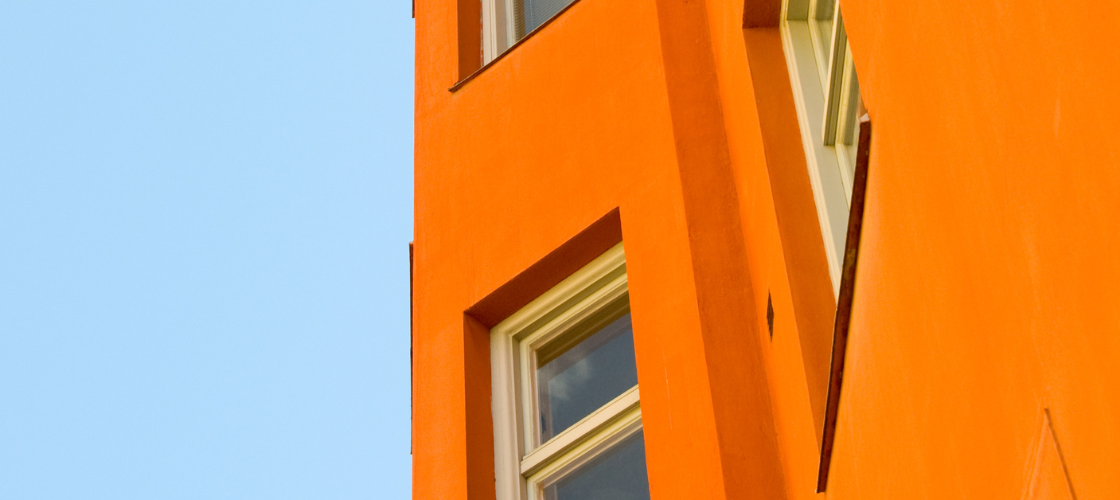
When taking measures to make a building energy-efficient, it’s key to take a whole-building approach. A whole-building approach views the entire building as a single energy system, where each part of the building forms a whole and in turn has its own impact on the building’s overall performance.
Taking a whole-building approach makes efficient use of electricity, heat, water, and all resources and ties the entire concept of efficiency together to optimize systems. It also works to minimize waste and allows for the enture building to work together as a whole.
A good example of this is using heat produced from your building, to heat water.
2) Continuous Insulation
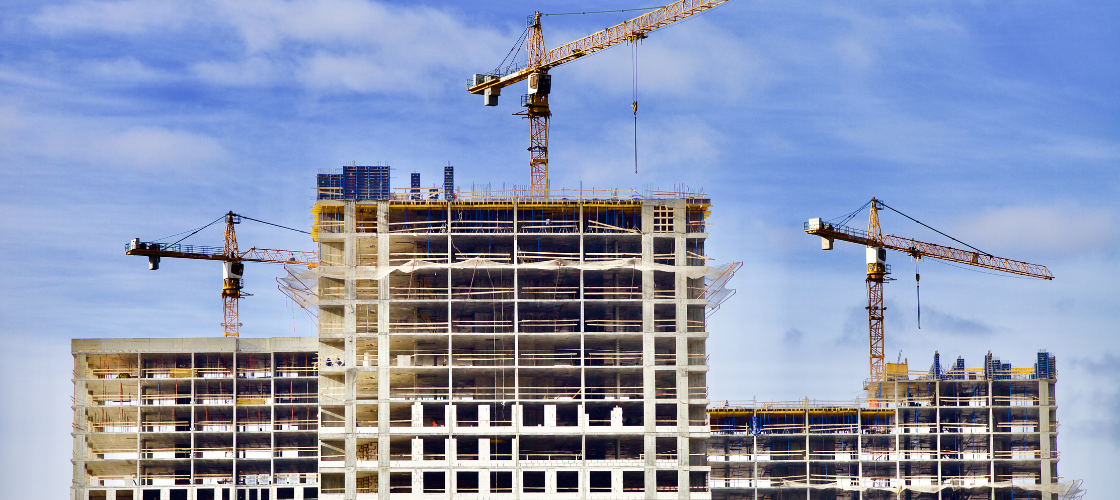
What is Continuous insulation, also called CI. Continuous insulation is a critical feature for any building to be truly energy-efficient? Throughout the day, a building loses a tremendous amount of air through leakage. Insulation helps keep a building free from leakage, which in turn saves money and energy but also reduces mechanical strain on your air conditioner, heating, and other systems.
The EPA estimates that on average you can save 15% on heating and cooling costs (11% of total energy costs) by adding insulation.
3) Thermal Mass Materials
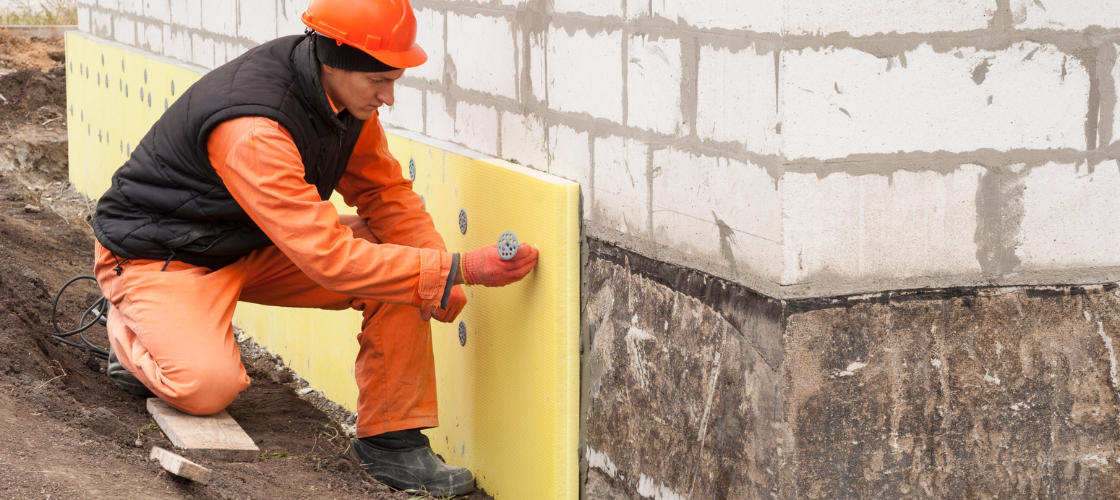
Products designed to insulate thermal mass are a key feature of an energy-efficient building. By slowing down the rate of heat transfer, thermal mass materials help to bring about stable temperature conditions and moderating between outside shifts in weather and inside temperatures.
For example, wood has a low level of thermal mass exchange, which means it would be a poor choice for an energy-efficient building. Whereas, materials such as concrete, bricks and tiles absorb and store heat. They are therefore said to have high thermal mass.
4) Air and Moisture Barrier
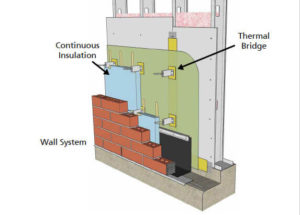
Air and moisture can penetrate a building, making it less efficient and uncomfortable. An air and moisture barrier will provide air tightness to a building, which is critical for creating a thermal bridge. Moisture resistance is vital to stopping the growth of mold, which can significantly degrade the indoor environmental quality and integrity of a building. The addition of a glass rainscreen system can only further inhance the moisture resistance of a structure’s exterior.
5) Fox Blocks ICF Walls
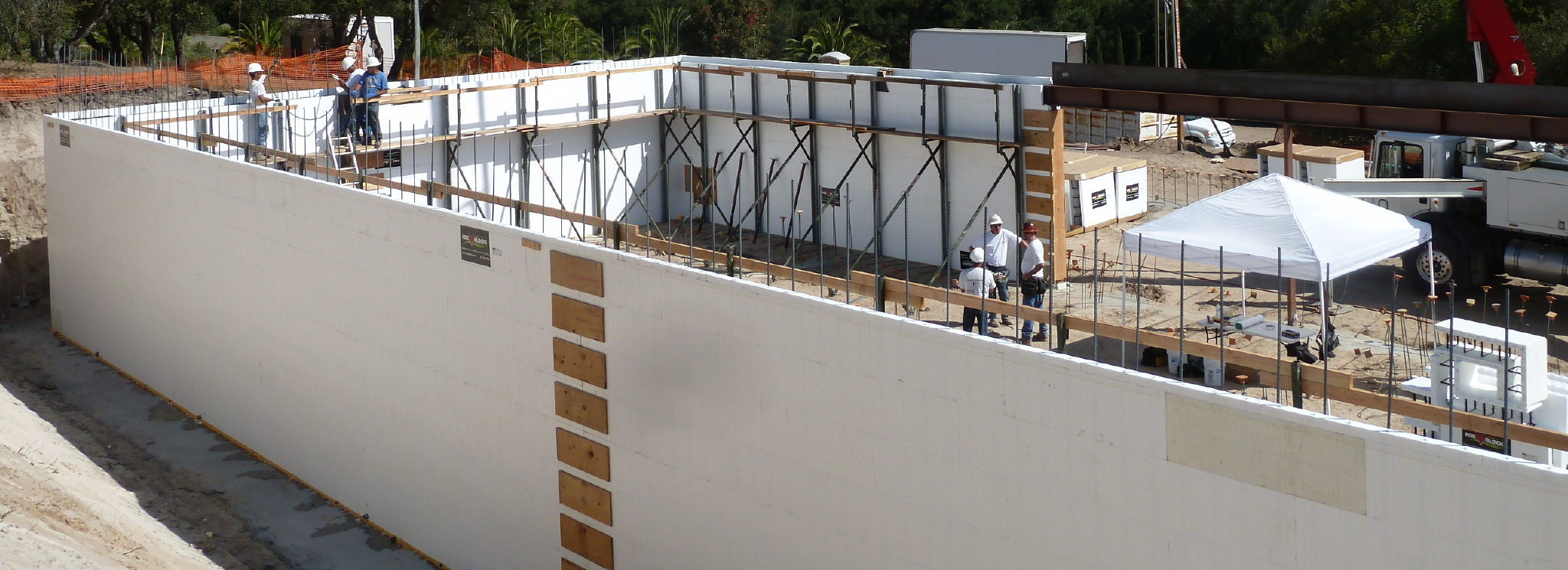
What are Fox Blocks? Fox blocks are two foam panels filled with concrete reinforced with steel rebar. Concrete insulated by fox blocks lives up to the stringent code requirements of an energy-efficient building. THey provide excellent moisture resistance and insulation. Fox blocks are considered a perfect way to build continuous insulation, providing an essential air-tight envelope for your building with better performance than wood or steel-frame construction.
6) Site and Room Orientation

A great example of this is positioning the building to take advantage of the sun’s heat and energy. For example, buildings that face North may increase the building’s contact with the sun, while facing it south will reduce it. Reducing direct sunlight will, in turn, reduce the building cooling demand and so save energy. If your building is located in a city where there is predominantly colder weather, facing the building north will help provide heat for the building during colder months, thereby reducing the building’s heat demand.
Trees, shade, and other natural resources also play an enormous part in designing a building for optimal energy-efficiency.
At Bio Developing, we specialize in energy-efficient building designs and complete retrofits for existing buildings. Our approach optimizes a building’s energy efficiency while reducing costs to provide maximum ROI on investment. Contact us to speak to one of our professional consultants.
7) Energy-Efficient Roofing
When it comes to the key features of an energy-efficient building, your roof is one of the most important aspects to consider. A cool roof on a building will protect the building against heat and weather, which in turn will not only help moderate and control the building’s overall temperature but also keep the structure and attic space cool.
Products used for cool roofs include tile and slate. Choosing a material with higher thermal mass will also provide good insulation. The color of your roof material is also key, for example choosing a light colors or reflective surface will help provide better energy-efficiency.
“A cool roof is designed to reflect more sunlight than a conventional roof, absorbing less solar energy. This lowers the temperature of the building just as wearing light-colored clothing keeps you cool on a sunny day. Conventional roofs can reach temperatures of 150°F or more on a sunny summer afternoon, sun. Under the same conditions a reflective roof could stay more than 50°F (28 °C) cooler. This can save energy and money in buildings with air conditioning, or improve comfort and safety in buildings without air conditioning, by reducing heat flow from the roof into the occupied space. Most cool roofs have high “thermal emittance”—the ability to shed heat by giving off “thermal infrared” radiation. Nearly any type of building can benefit from a cool roof, but consider the climate and other factors before deciding to install one.” – U.S. Department of Energy
8) Energy-Efficient Electronics
Computers and office equipment account for 8 percent of the energy used in a commercial building. The design of an energy-efficient building must include ENERGY STAR®-labeled office equipment and electronics.
9) Renewable Energy Sources of an Energy
As technology advances, renewable sources of energy are not only a clean way to provide a building’s energy but are also becoming a more affordable way to produce electricity.
Renewable energy sources such as wind power, solar panels, or hybrid electricity are a perfect way to add to your building energy efficiency while also reducing costs.
While the most obvious way is to install renewable energy production on-site, there are many ways to procure green energy without needing to invest in expensive equipment. To help you better understand the many options here are two videos, produced by one of America’s leading energy consultants:
10) Lighting
Lighting represents ten percent of a building’s annual electricity costs. Controls such as timers, photocells, and dimmers can save money and energy. Examples of energy-efficient lighting include compact fluorescent lamps (CFLs), light-emitting diodes (LEDs), compact fluorescent lamps (CFLs), and halogen incandescent.
Should I Certify My Building as Energy-Efficient?
When designing, building, or renovating a building to make it energy-efficient, you should always aim to meet, if not exceed, the requirements of the Leadership in Energy and Environmental Design (LEED), the Energy Star for sustainability standards. Certification that you have acheived such standards will help provide peace of mind, as well as great repute for your employees and customers. Meeting the requirements also accertains that you have a building that is truly energy-efficient, which also translates into great savings.
Other Key Features of an Energy-Efficient Building
The above list is just 10 key features of an energy-efficient building however there are many more features and ways to make a building energy-efficient. Some other features include:
- Cooling and heating systems
- Waterproofing and insulated slab foundations
- The use of smart-building devices and building management systems
- Building ventilation systems or natural ventilation, including the use of energy recovery ventilation
- Glazing, which includes energy-efficient windows, skylights, and doors
- Water heating
- Refrigeration
- Landsacpae design that helps contribute to smart use of energy and natural elements
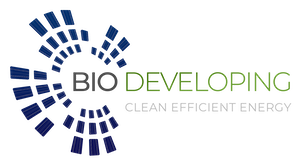
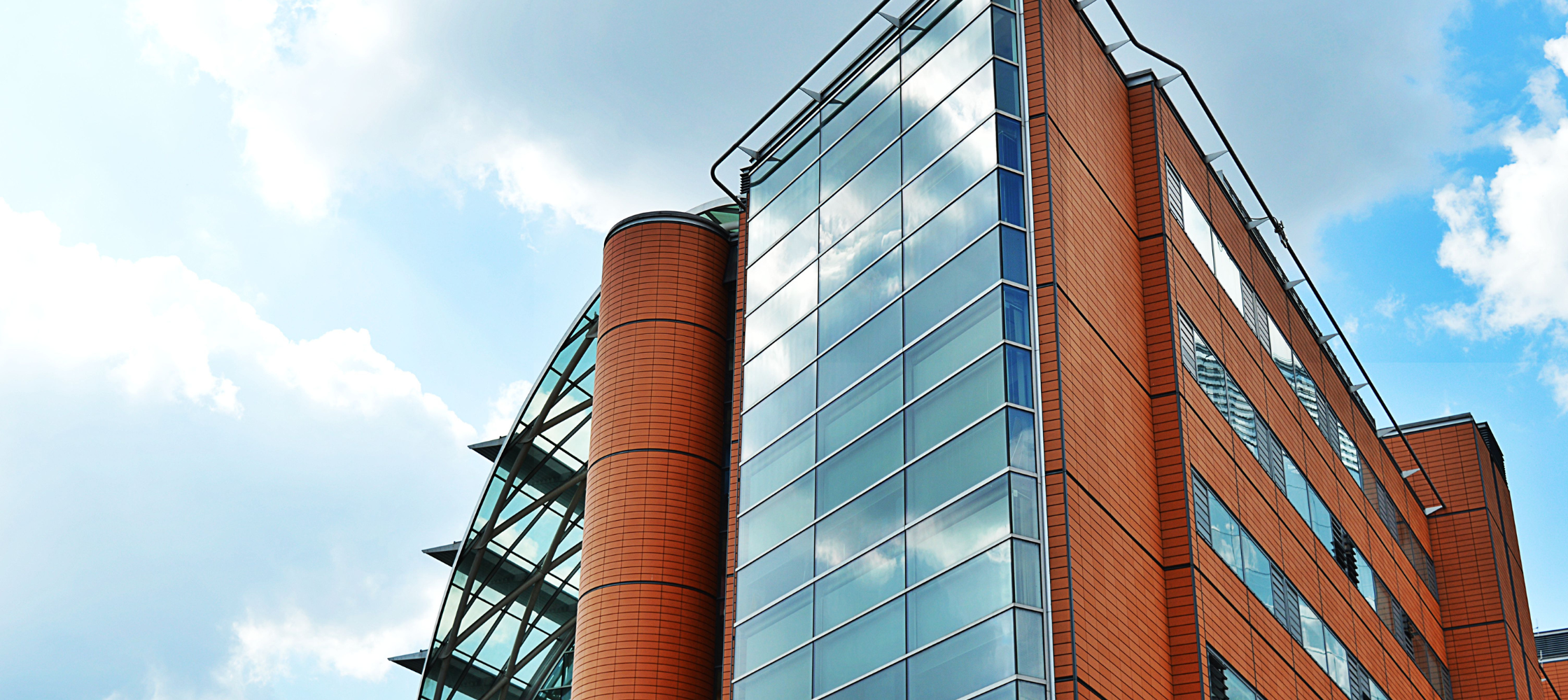



Recent Comments